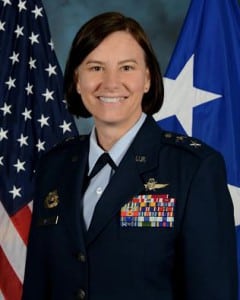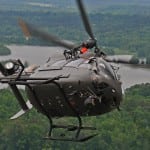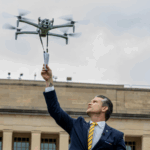
The Air Force’s information technology acquisition director is using her experience as the former vice director of the Defense Information Systems Agency to alter the Air Force’s approach to meet system operational needs that currently lag behind growing cyber threats.Maj. Gen. Sarah Zabel sees her service’s transition to a procurement model focused on agile software development and improved data ownership as a model for Department of Defense system modernization.“When you look at U.S. systems, and especially systems in the Department…

 By
By 











